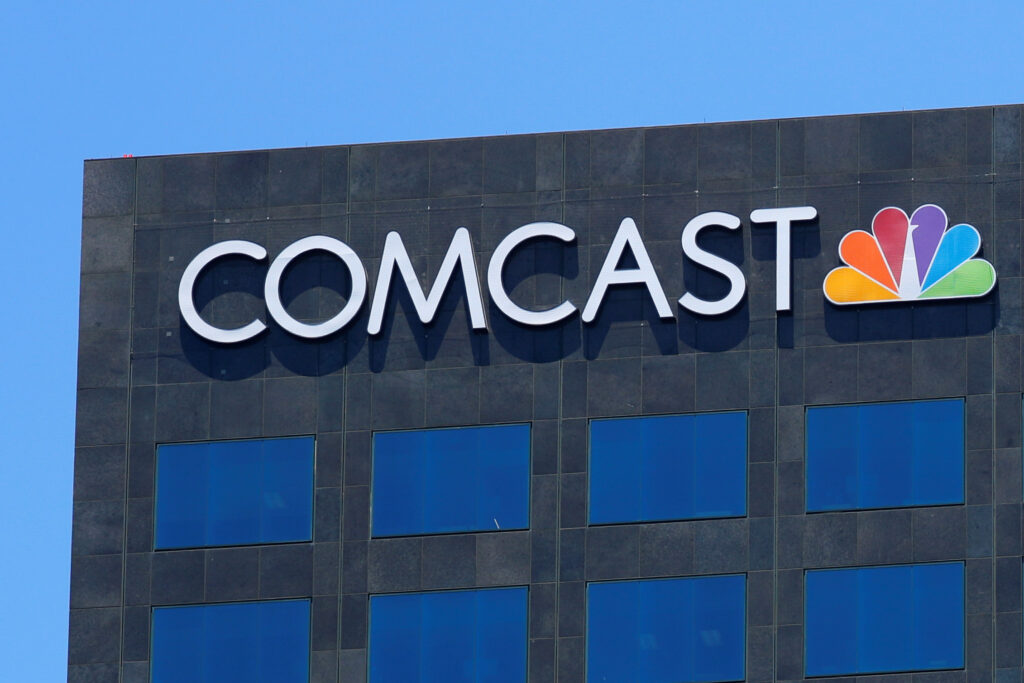China recently experienced a notable surge in tourism activity during the Labor Day holiday period, as reported by the Ministry of Culture and Tourism. Despite the substantial increase in the number of trips made within mainland China, travelers exhibited a tendency towards prudent spending, reflective of the prevailing economic conditions in the world’s second-largest economy.
According to official figures released on Monday, a staggering 295 million trips were undertaken across mainland China during the five-day holiday, marking a substantial 28% surge compared to the same period in 2019. Notably, this surge occurred despite the holiday period in 2019 lasting only four days, indicating a robust revival in domestic tourism following the disruptions caused by the COVID-19 pandemic in 2020.
Despite the surge in tourist numbers, the overall revenue generated from tourism during the Labor Day holiday stood at 166.89 billion yuan ($23.6 billion), representing a modest increase of 13.5% compared to 2019 levels. This data suggests that although more trips were made, travelers were exercising greater restraint in their spending habits, with the average expenditure per trip decreasing by 6% to 565.73 yuan ($80) compared to five years ago.
A similar pattern of restrained spending was observed in the entertainment sector, particularly at China’s cinemas. While attendance figures during the holiday period surpassed those of 2019, reaching 37.77 million visitors, box office revenues remained largely unchanged from pre-pandemic levels, totaling 1.527 billion yuan ($215.7 million). This disparity between footfall and revenue underscores a broader trend of cautious consumer behavior amidst economic uncertainties.
Analysts attribute this frugal approach to spending to the prevailing economic challenges facing Chinese consumers, including a weakening economy and deteriorating job market conditions. The recent downturn in the real estate sector, which historically has been a significant driver of household wealth, has further exacerbated concerns about future financial stability, contributing to subdued consumer sentiment.
Recent economic indicators paint a sobering picture of the challenges facing China’s economy. The latest Caixin/S&P Global services PMI fell to 52.5 in April, while the government’s official non-manufacturing PMI also experienced a sharp decline to 50.3, marking its weakest reading since January. Moreover, retail sales growth slowed to 3.1% in March from 5.5% in February, signaling a deceleration in consumer spending momentum. Against this backdrop, it is evident that Chinese consumers are adopting a cautious approach to spending, prioritizing essential purchases amid economic uncertainties. As the nation navigates through these challenges, policymakers and businesses alike will need to closely monitor consumer behavior and adapt strategies to support sustainable economic recovery and growth.




